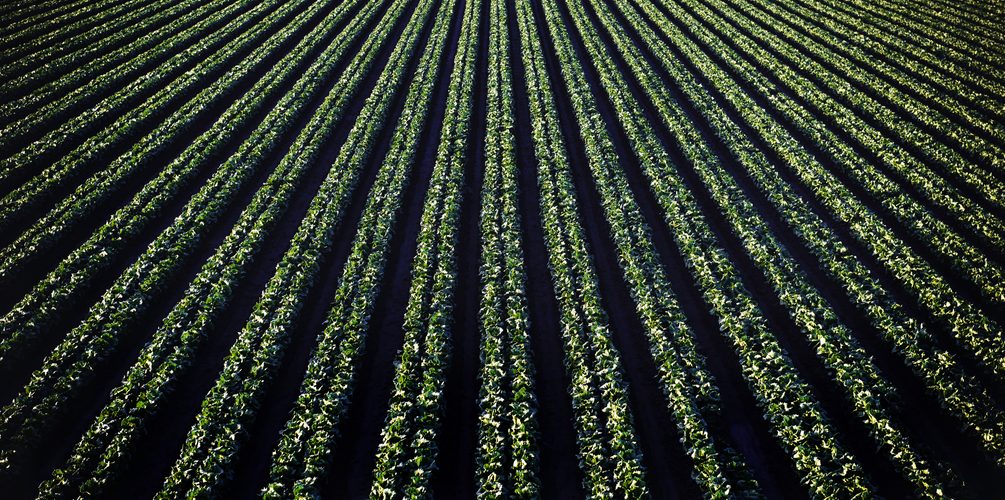Leafy greens love Yuma winters. Three and four generations back, farmers took note of that fact, and today the region is a top producer of America’s five servings a day.
Many of the original Yuma Valley farm families are still here. Successful multi-generation operations like Dinsmore Farms, Sharp Farms and Desert Premium Farms are helping fuel Arizona’s agricultural industry that generates $23 billion annually.
“Year in and year out, Yuma County is one of the most profitable counties to operate a farm in because we can grow crops year round,” said John Boelts, a fifth generation farmer and a co-owner of the successful Desert Premium Farms, Inc., in Yuma that grows lettuce, vegetables, melons and hay. “Our county almost always is in the top ten in the nation for return on investment for farms.”
Boelts, an advocate for agriculture, is united in working with others to protect the industry in Arizona, the second highest supplier of fresh vegetables in the nation behind California. Right now, he and others who export produce to the Pacific Rim, Canada and elsewhere are watching closely as President Donald Trump weighs rejoining the multi-country trade agreement, the Trans-Pacific Partnership. To protect farmers from trade wars, the Trump administration just announced plans to extend billions of dollars in aid to farmers negatively affected by tariffs.
In turn, state, local, federal and Mexican officials are moving to resolve issues vital to the industry.
Gov. Doug Ducey and Sonoran Gov. Claudia Pavlovich met recently to cement increased cross-border cooperation through the Arizona-Mexico Commission.
The Arizona Department of Agriculture has taken measures to streamline redundant and outdated practices. It has reduced livestock branding application times to 51 days from nine months and has improved and eliminated 121 regulations. The Department has also reduced wait times for fuel dispenser calibration checks freeing up time to double inspections of underserved fuel categories such as high flow diesel.
Efforts also are restarting on a multi-state drought plan for preventing water shortages from the lower basin of the Colorado River to Arizona, California and Nevada. The Arizona Department of Water Resources and the Central Arizona Project recently formed a committee of approximately 40 water experts and elected officials from across the state that will develop a plan acceptable to Arizona’s water users.
The U.S. Bureau of Reclamation, which is prompting completion of the drought plan, announced that poor runoff projections indicate shortages as high as 50 percent in 2020, and more shortages through 2023. So far, the three states have avoided shortages through conservation tools and technology.
As Americans keep reaching for their salads, Yuma farmers will continue working to keep them fed and use technology and techniques to protect food from contamination and conserve water and energy, said John Courtis, CEO of the Yuma County Chamber of Commerce.
“Agriculture to Yuma, is twice what wine to the Napa Valley is,” Courtis said. “Through conservation and technology, we conserve and treasure our water resource and don’t waste a drop of it. In fact, the Yuma area has used 20 percent less water to produce 20 percent more product in the last 35 years.”
Take a peek at a day in the life of one of Arizona’s successful farming operations, Desert Premium Farms, in Yuma County: Desert Premium Farms
















Good reporting on lettuce.